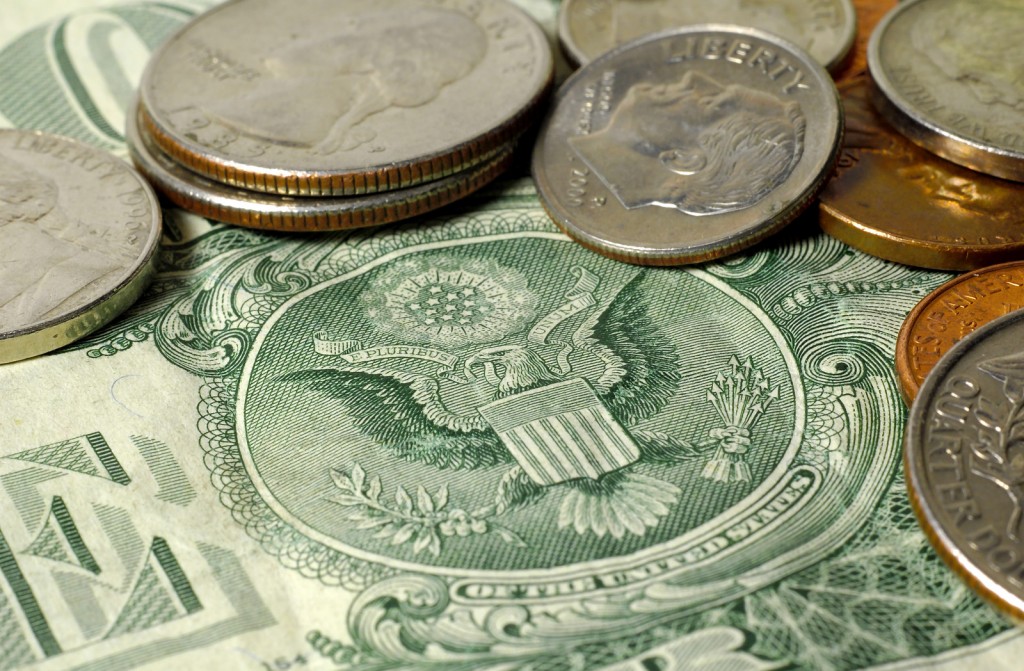By on February 24th, 2016
A Quick Guide to Using American Currency

When you are studying or working in the U.S.A, using and receiving money can be confusing. Making change or paying with the correct amount is difficult with unfamiliar bills and coins. Exchanging money from or for your home currency isn’t always the most straightforward experience either, especially when exchange rates fluctuate daily. Finally, not being familiar with uniquely American money-related customs, such as tipping at restaurants or bars, can make for an embarrassing situation.
American Currency
American currency is made up of bills and coins. If you handle cash frequently, it’s important to understand how to make change, so you can pay correctly and make sure you receive the correct amount in return. The most common American currency you will use are pennies, nickels, dimes, quarters, and bills. Pennies are small copper coins that equal one cent. Nickels are silver coins that make five cents. Dimes are the smallest silver coins that make ten cents. Quarters are the large silver coins that make 25 cents. A single dollar is made up of 100 cents. From there, the number on the bill tells you how many dollars it is worth. You may occasionally run into rare coins such as 50 cent pieces and gold dollars, but these are not common. Every coin is marked with a number representing how many cents it is worth.
Exchange Rates
The easiest way to understand an exchange rate is to think of currency as a product you are purchasing. If you are changing your home currency for American dollars, you are buying American dollars. The exchange rate is how much those dollars cost in your home currency. Exchange rates are different for every country, and can change daily or even hourly. There are many reasons for different currency exchange rates, but the important thing to understand is how to figure up the exchange between your currency and American currency. Once you have looked up the currency exchange rate for your country, divide one by this number. That will tell you how many U.S. dollars you can get for one of your currency. The exchange rate from U.S. dollars back to your own currency will be a different number, so you will need to perform the same equation again to arrive at a new total when exchanging back.
Understanding Tipping
Tipping is not a common practice in many other countries. In America, many service industries do not pay their employees a set minimum wage. These employees rely on tips, or gratuity, payments from their customers. This is a voluntary payment, but is socially expected. How much you should tip really depends on where you are, how the service was, how large your party is, as well as a variety of other factors. This is where your host family will be an invaluable source of information, as most tipping amounts are socially understood rather than specifically stated. A good rule of thumb for eating out at restaurants is to tip your waiter 20% of your total bill for excellent service. For a bartender, one or two dollars per drink is expected. If you are in a large group, the gratuity may be added to your check, so be sure to inspect the bill before tipping.
If using American currency is difficult to adjust to, your host family and new American friends will be able to help and offer pointers on tipping for every situation. Do not be embarrassed to ask, or to carefully count your money at registers and bank counters. Being a good steward of your money is a respected practice in the United States.